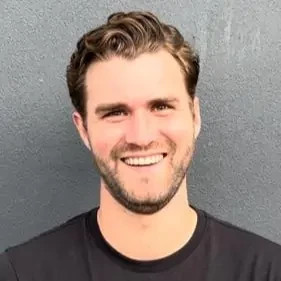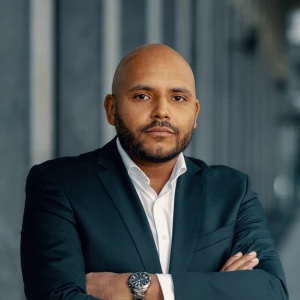In my opinion, this case is very poor, if not borderline bad. Yes, you do all kinds of profit, sales, etc. calculations. But you said: “The main goal of the client is to enhance their brand image as a sustainable retailer (…)” So the main objective WHY he wants to do this is BRAND IMAGE. However, you completely fail to clarify this case logically. What is “brand image” exactly and how is it concretely measured (as a KPI), which factors are used to calculate the brand image. This is what the client's objective is, not your profit calculations! So I would advise you to rework this case significantly. In a real-world consulting project, you would most likely fail to tell the CEO in the end (by hard facts) how much his brand image has improved.


Hi Hans,
I haven't read through this case, but I would like to point out some cases are definitely worse than others! You always need to take a case with a grain of salt.
That said, every case is valuable practice - you need to train your ability to react to any scenario, even if the case seems to go down a seemingly random path. Even “real” cases oftentimes don't “make sense” as you might think they should.
Just as example, I had a candidate who interviewed with Bain where the prompt was about falling profits in an existing business resulting from a new partnership they embarked on. The clear solution/case flow should have been to assess that partnership and fix it (or get rid of it). However, the case ended up going down the pathway of investing in an entirely new/unrelated business. It made no sense! But, it was a Bain round 2.
Just some food for thought :)

Hi Hans,
I don't know the case well, however, I think the case is very logical and makes sense. You will be given during the interview cases that are not 100% clear, but it is precisely the way MBB can evaluate your reasoning.
This case is about market sizing: what is the potential market size and your potential share in a new market segment (sustainable). In this case, I would approach it: if we move from a reusable cup, would we be able to reach (for example) +10% more of the customers (because the potential market size for this product is xxx - after your sizing exercise), which will result in xxx more revenue. You deduct what the cost you will have to switch to the new cup, eventually in marketing to let the firm is positioning in the different segment.
The beauty of these cases is the freedom you have to solve them.
Lucie
Was this answer helpful?















